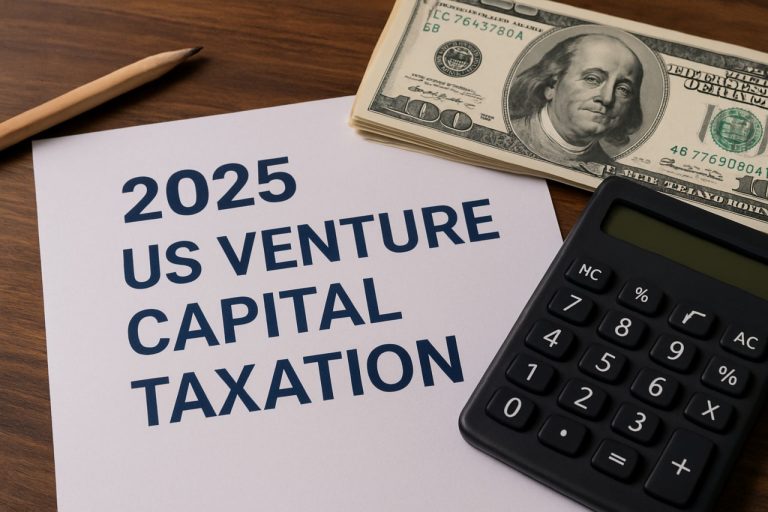
- Nikola Corporation has filed for Chapter 11 bankruptcy, impacting the electric vehicle sector.
- The bankruptcy filing occurs as Nikola plans to auction its assets, with limited cash flow sustaining operations until March.
- The company’s HYLA fueling operations rely on finding partners to survive beyond spring.
- Founded in 2014, Nikola rose quickly after a high-profile SPAC merger in 2020 but was marred by fraud allegations against founder Trevor Milton.
- CEO Steve Girsky attempts restructuring strategies, but financial pressures remained insurmountable.
- Nikola’s story underscores the risks of rapid growth without a solid foundation of integrity and innovation.
The saga of Nikola Corporation, once a beacon of innovation in the electric vehicle landscape, has taken a dramatic turn as it files for Chapter 11 bankruptcy. The company’s journey, marked by ambition and controversy, reaches a critical juncture, seeking refuge in the U.S. Bankruptcy Court for the District of Delaware.
Amidst swirling uncertainties, Nikola plans to auction off its assets, with only enough cash reserves to sustain operations through March. During this precarious period, the fate of its HYLA fueling operations hangs in balance, reliant on potential partnership lifelines to endure past the spring. Urgency ripples through its halls as Nikola accelerates the sale process to conserve dwindling resources.
Since its founding in 2014 by Trevor Milton, Nikola’s narrative has been anything but ordinary. Investors once thrilled by the unveiling of the hydrogen-electric Nikola One saw the company’s meteoric rise after it went public through a SPAC merger in 2020. Yet beneath the surface, trouble brewed. Allegations of fraud against Milton, leading to his resignation, served as a prelude to the financial turbulence that ensued.
Now, under the stewardship of CEO Steve Girsky, Nikola acknowledges its flawed course. Despite bold strategies to secure funds and streamline operations, the company succumbed to the relentless pressures of an unforgiving market.
This chapter in Nikola’s story offers a cautionary tale of ambition shadowed by missteps. As the curtain falls on one act, the spotlight turns to future ownership, urging a reflective pause on the perils of high-octane growth in a rapidly evolving industry. The journey of zero-emission promise finds itself redefined, echoing a broader lesson: success demands both innovation and unwavering integrity.
Nikola’s Bankruptcy: What It Means for the Future of Electric Trucks
How-To Steps & Life Hacks: Navigating Business Downturns
Entrepreneurs and business executives can learn from Nikola’s trajectory:
1. Thorough Due Diligence: Ensure transparency and validate all technological claims. Avoid over-promising to investors without substantial backing.
2. Diversified Funding: Develop multiple funding sources to avoid over-reliance on a single investor or partnership.
3. Proactive Crisis Management: Establish a robust crisis management team to swiftly address any allegations or unexpected downturns.
4. Scalable Business Models: Focus on scalability with a clear roadmap to profitability, ensuring that growth aligns with market demands.
Real-World Use Cases: Hydrogen Fueling Operations
Nikola’s HYLA operations focus on hydrogen fuel, a field witnessing increasing interest. Hydrogen can be critical in sectors where electric batteries may falter, such as:
– Heavy-Duty Transport: Hydrogen fuel cells provide longer range and faster fueling times, ideal for long-haul trucking.
– Industrial Uses: Hydrogen can power manufacturing processes and machinery traditionally reliant on fossil fuels.
Market Forecasts & Industry Trends
Despite setbacks at Nikola, the demand for sustainable energy solutions remains robust.
– Growing EV Market: The global electric vehicle market size is expected to hit USD 802.81 billion by 2027 (Source: Fortune Business Insights).
– Hydrogen Fuel Growth: The hydrogen fuel cell market is predicted to grow at a CAGR of over 50% from 2021 to 2028 (Source: Emergen Research).
Controversies & Limitations
Nikola’s controversies highlight critical industry challenges:
– Reliability of Promises: Public and investor trust hinges on genuine innovation, free from exaggerated claims.
– Infrastructure Gaps: The lack of hydrogen fueling infrastructure remains a bottleneck, with significant investments needed for expansion.
Features, Specs & Pricing: Nikola Truck Lineup
Nikola’s lineup includes:
– Nikola One (Hydrogen-Electric): Promises significant range and efficiency but faced skepticism over viability and production delays.
– Nikola Tre (Battery-Electric and Hydrogen-Electric): Speculated to provide up to 500 miles on a single hydrogen refuel.
Under bankruptcy, it’s unclear how these models will evolve or be produced.
Security & Sustainability
Nikola’s emphasis on sustainability reflects broader trends:
– Environmental Benefits: EVs and hydrogen fuel cells produce zero tailpipe emissions, vital for reducing urban pollution.
– Security Concerns: Battery safety and efficient hydrogen storage are critical areas of focus for manufacturers.
Insights & Predictions
The fallout from Nikola’s bankruptcy offers several insights:
– Tech Validation is Crucial: Companies must verify technological capabilities before making public declarations or seeking substantial investment.
– Regulatory Scrutiny Will Intensify: Expect increased regulatory oversight for firms in the zero-emissions sector.
Actionable Recommendations
1. Investor Vigilance: Before investing in technology firms, demand comprehensive, independent technology audits.
2. Strategic Alliances: For companies, seeking credible partnerships with established industry leaders can help stave off financial difficulty.
3. Focus on Core Competencies: As markets wobble, concentrating on what a company does best is key to maintaining resilience.
For the broader EV and hydrogen sectors, the route forward is innovation grounded in transparency, stability, and sustainable growth. As you explore opportunities, ensure alignment with market realities and regulatory expectations. Stay informed with industry leaders like Wall Street Journal or technology trend predictors like Gartner for the latest insights and forecasts.



